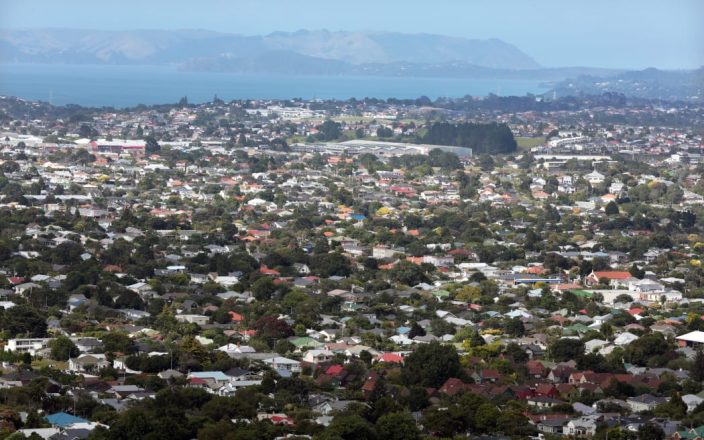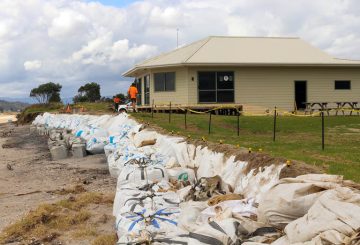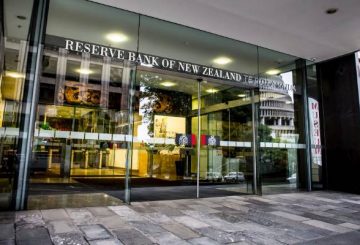오클랜드 교외 지역은 위에서 보면 비슷해 보이지만 지상에서는 가격 차이가 큽니다.일부 구매자는 인기 지역에 거주하기 위해 더 많은 비용을 지불합니다.
Corelogic의 연구에 따르면 3베드룸 주택의 평균 가격은 인근 교외 지역마다 크게 다릅니다.예를 들어 엡솜의 평균 가격은 192만 달러이고 인근 그린레인의 평균 가격은 152만 달러입니다.세인트 헬리어스는 평균 170만 달러에 비해 글렌 이네스는 112만 달러입니다.다른 비교 사례로는 마운트에덴산 191만 달러, 로스킬 산 107만 달러, 폰손비 240만 달러, 그레이 린과 비교해볼 수 있습니다.웰링턴의 경우 칸달라가 107만 달러이고 나지오가 965,000달러입니다.
이러한 가격에 영향을 미치는 요인으로는 학교 구역, 전망, 편의시설 이용, 교통, 주택 품질 등이 있습니다.오클랜드의 아피라나 애비뉴가 대표적인 사례입니다.세인트 헬리어스에 있는 2호 주택은 159만 달러에 달하며, 글렌 이네스에 있는 네 번째 주택은 137만 달러에 상장되어 있지만 면적은 더 큽니다.
거주자들은 집이 국경에 아주 가까이 있더라도 더 유명한 교외 지역에 살고 있다고 말하는 것을 선호하는 경우가 많습니다.예를 들어, 미라마의 어떤 사람들은 평판이 좋기 때문에 스트라스모어에 살고 있다고 말하기도 합니다.
부동산 코치인 앤드류 던컨 (Andrew Duncan) 은 스쿨존이 가격 차이의 주요 원인이라고 말합니다. 특히 가족 단위의 경우 더욱 그렇습니다.그는 또한 주택 스타일이 중요하다고 지적합니다.세인트 헬리어스 (St Heliers) 에는 크고 세련된 주택이 있는 반면, 글렌 이네스 (Glen Innes) 에는 작고 오래된 주택이 대부분을 타운하우스로 대체하고 있습니다.
던컨은 사람들이 미래에 재정적으로 수익을 올리기 위해 더 높은 부동산 가치를 지닌 교외 지역에 살기 위해 더 많은 돈을 지불할 것이라고 믿습니다.그는 교외 지역의 명성에 대한 인식이 교외 지역의 인기에 영향을 미친다고 말합니다.다른 지역에서 이주하는 사람들은 잘 알려진 교외 지역을 먼저 찾는 경우가 많습니다.
Trade Me의 개빈 로이드는 유명한 지역에 살면 수요가 늘어난다고 말합니다.Epsom의 유명한 더블 그래머 존은 많은 구매자들에게 큰 매력입니다.





























































